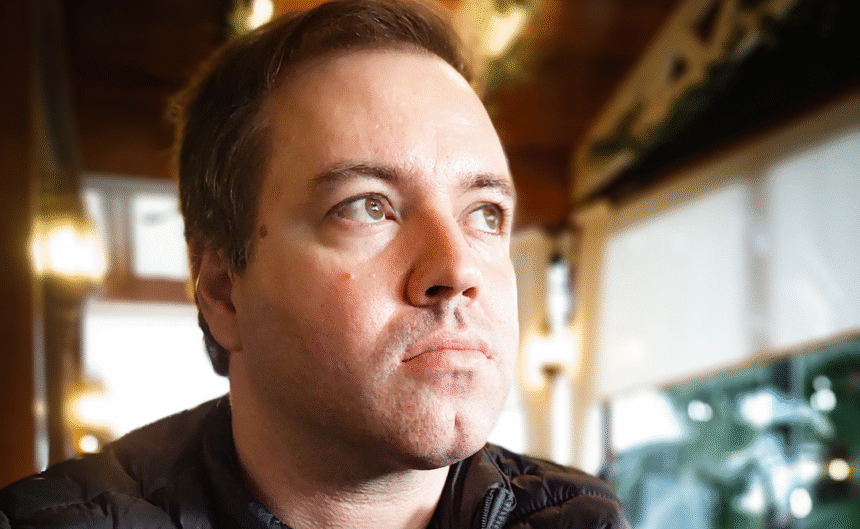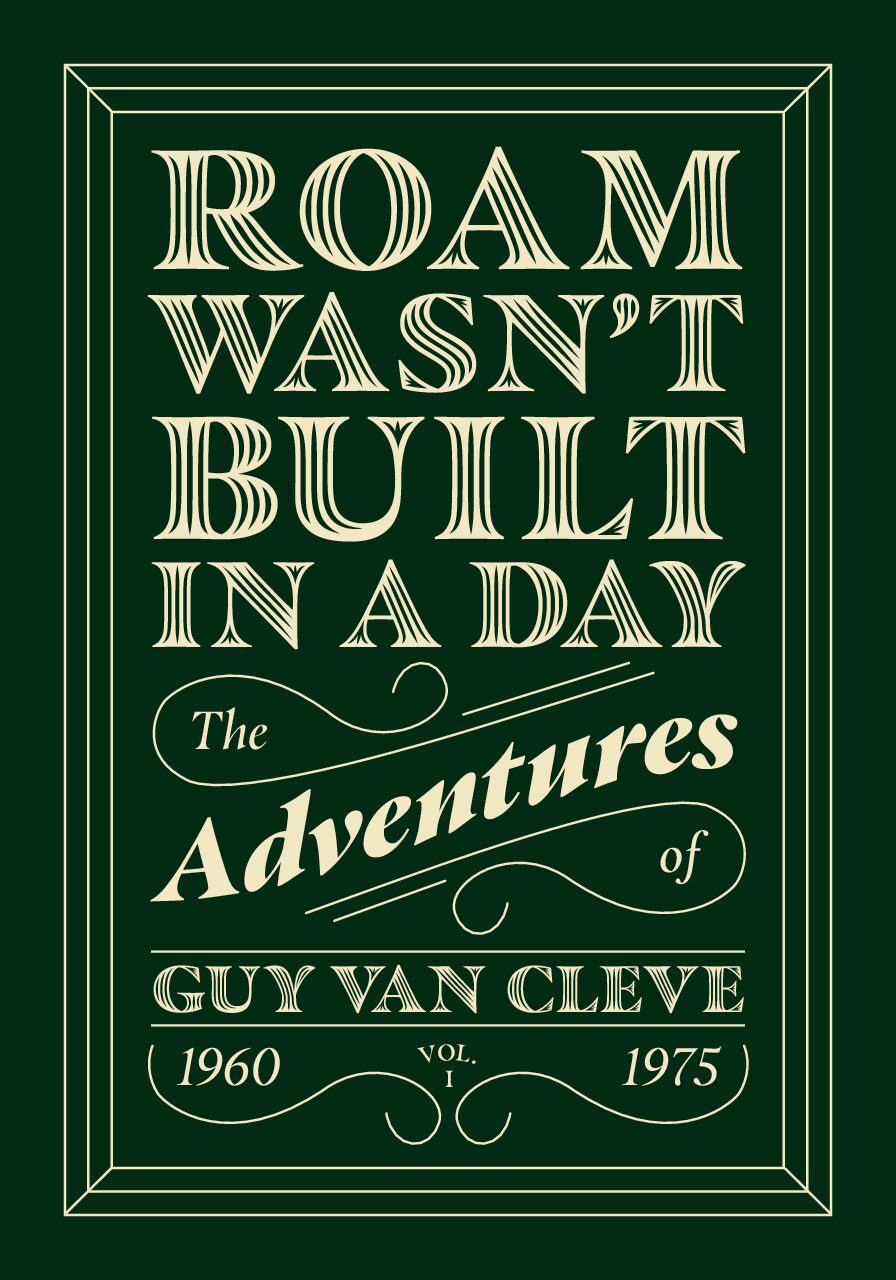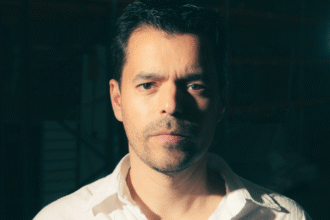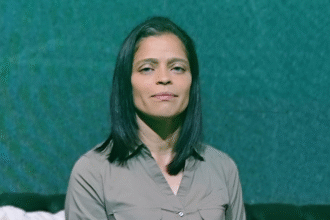Amidst ancient battles, elemental powers and mystical revelations, the trilogy The Draconian Saga, by the writer Antonio G. Olyver from Rio Grande do Sul , presents the story of Sophie Dupont — a young woman who discovers she is part of the Drakkars , descendants of legendary dragons. Bearer of the rare element of Light, she becomes a key player in preventing forces imprisoned for millennia from awakening and bringing about the extinction of humanity. Combining mythology, adventure and environmental criticism, the work immerses the reader in a universe where saving the world requires, first, discovering who one really is.
Upon discovering her powers and her true origins, Sophie also finds herself faced with the weight of responsibility and danger. What was it like for you to build a character who, despite being young, has to deal with such decisive choices for the fate of the world?
Creating Sophie was a slow process, like a seed germinating in the midst of chaos. She is young, yes, but she carries within her a burden greater than herself; and this requires her to mature not by choice, but by necessity, in the center of a whirlwind of things. For me, it was essential to find a real, believable balance between the fragility of someone who is still maturing and the latent strength of someone born for something great. This allowed me to explore an organic growth, where pain, love and decisions shape more than any supernatural power.
The Draconian Saga features a protagonist with the element of Light, something rare and powerful. What does this element represent to you in symbolic terms? How does it reflect deeper questions about identity, balance or purpose?
In the Saga, the Light Element is the union (or origin) of all Elements; however, it is actually something deeper. Light, for me, is not just clarity. It is consciousness. It is the power to see oneself and others with lucidity, even in the densest shadows. Giving this element to the protagonist was also to provoke reflection: Sophie is called to illuminate not only the world around her, but also the forgotten corners of herself and her companions. She carries the responsibility of revealing truths, balancing extremes and, above all, learning that the strongest light also projects densest shadows. At first, she fears the Element itself, the discovery itself, the change itself, but over time she understands how powerful this change is if embraced completely.
Drakkars universe mixes mythology, fantasy and real-world themes, such as environmental destruction. How did you come to the decision to address such current issues through a fantasy narrative?
Fantasy is a lens that magnifies reality. I have always seen the world through symbolic eyes, and environmental destruction, for example, is not just an ecological crisis; it is a reflection of the rupture of the human essence with its natural origin. I chose to address these issues because I believe that fantasy does not have to be just an escape. It can be (and perhaps always needs to be) a magic mirror, a way of making the reader feel firsthand what he or she may have stopped seeing with his or her own eyes. And, for me, literature, whether fiction or not, needs to improve the reader in some way. I always hope that my reader ends the book a little better as a human being than when they started. That is why my books also have, in essence, the function of teaching virtues and encouraging reflection.
Adrian, Alexa , Tiamat and so many other characters carry traumas, dilemmas and ambivalences. How do you balance the action and pace of the fantasy with the emotional depth of each of them?
For me, characters are like expressions of parts of the human soul. Adrian, Alexa , Tiamat , Aimée, Helena, and even the powerful Chaerin … each of them represents conflicting forces, unresolved traumas, misunderstood loves. Helena, for example, who is of the Fire Element, a Red Drakkar , has a serious problem with the absence and lack of recognition of her father, who is her hero. I never wanted them to be just plot devices, they are the story itself. I think the biggest secret is to make each action scene also carry a layer of emotion. That a fight is, at the same time, a battle against the world and against the ghosts themselves. And for that, I write in the first person. I like to put the reader in the character’s place. Make him feel each feeling. I like to manipulate the reader’s emotions in that sense.
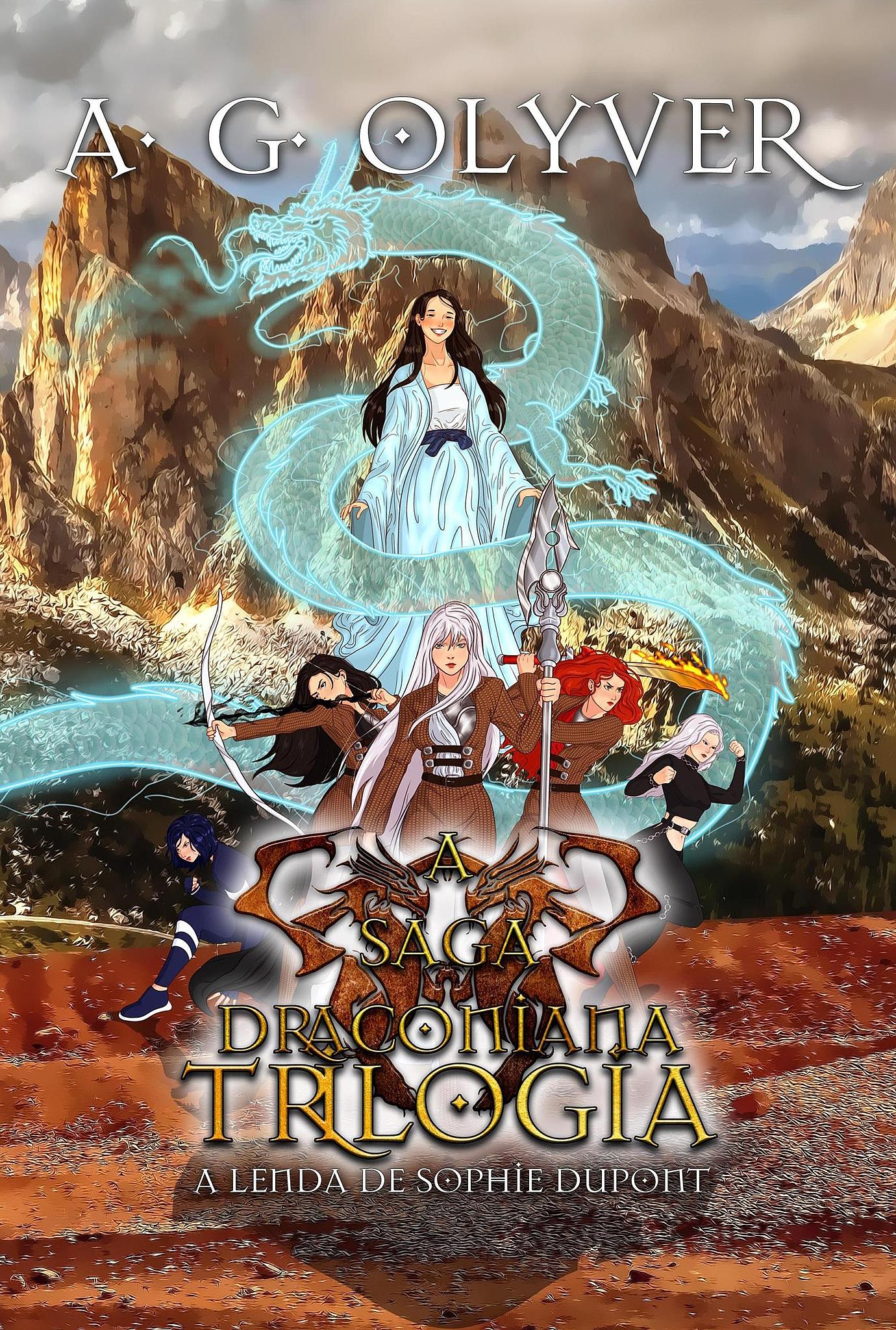
You grew up dreaming of drawing manga and found a new outlet for your creativity in writing. What elements of Japanese culture — such as anime or RPGs — still influence the way you build plots, characters, or conflicts?
Japanese culture has shaped my imagination since I was young. The sense of honor, friendship, justice, courage, moral dilemmas, the deep archetypes that inhabit anime, RPGs and tokusatsu (mainly), all of this is ingrained in me. Animes like Knights of the Zodiac, Sailor Moon, Moon or Yuyu Hakusho , and tokusatsu such as Changeman , Flashman and Kamen Rider, they influenced the construction of the bonds between the characters, the redemption arcs and even the aesthetics of the confrontations. This influence is at the root of my writing, from which raw emotions and well-defined virtues emerge and, of course, breathtaking action scenes.
Sophie and the Drakkars face not only external battles, but internal dilemmas that challenge their own beliefs. Why do you think it is so important to explore this internal conflict even in fantasy stories?
Ah, that’s a great question, and the answer is interesting, because every dragon we face outside has a counterpart inside us. If fantasy doesn’t touch the human heart, it becomes an empty, meaningless, useless spectacle. Internal conflict is what gives weight to choices. It’s what turns a hero into someone real, and an ordinary person into a hero. I like to show that even the most powerful tremble, hesitate, and make mistakes. Because that’s what the reader sees in them, and that’s where true learning comes from.
With a narrative that questions the relationship between human beings and the planet, you propose reflections on justice and imbalance. What message or warning would you like readers to take away with them after diving into this universe?
The Draconian Saga is, above all, a lament and a plea. A lament for what we are losing, including beyond the forests, rivers, species, harmony, but the very meaning of being human; and a plea for humanity to wake up before it is too late. I want the reader to leave the story asking themselves: “What kind of legacy am I leaving? What forces within me do I need to awaken to protect what I love? To move forward?” Justice, for me, is not punishment. It is restoration. It is reconnection. And this is brought to the reader several times throughout The Draconian Saga, about how to reconnect with life, with nature, in the sense of existence.
Publishing a fantasy book in Brazil is still a challenge, especially with a universe as unique as yours. What has this journey as a national author of fantasy literature been like for you, and what advice would you give to those who dream of following this path?
With all poetic freedom: It’s a path full of dragons! But every reader who is enchanted, every message saying “I saw myself in this story”, seeing that the Draconian Saga has a rate of over 90% of 5-Star reviews, that’s worth more than any award. Brazil is still waking up to the power of fantasy made here, with our voice, our writing, our symbols. The advice I’ve always followed, and that I naturally pass on is: Persist (I know it sounds like a repetitive cliché, but it’s always being said because it’s the purest truth). Study. Refine your writing. But, above all, believe that your worldview has value. Build your universe like someone who is building a temple, a place where others can enter and feel at home. Believe in your story before anyone else.
Follow Antonio G. Olyver on Instagram

